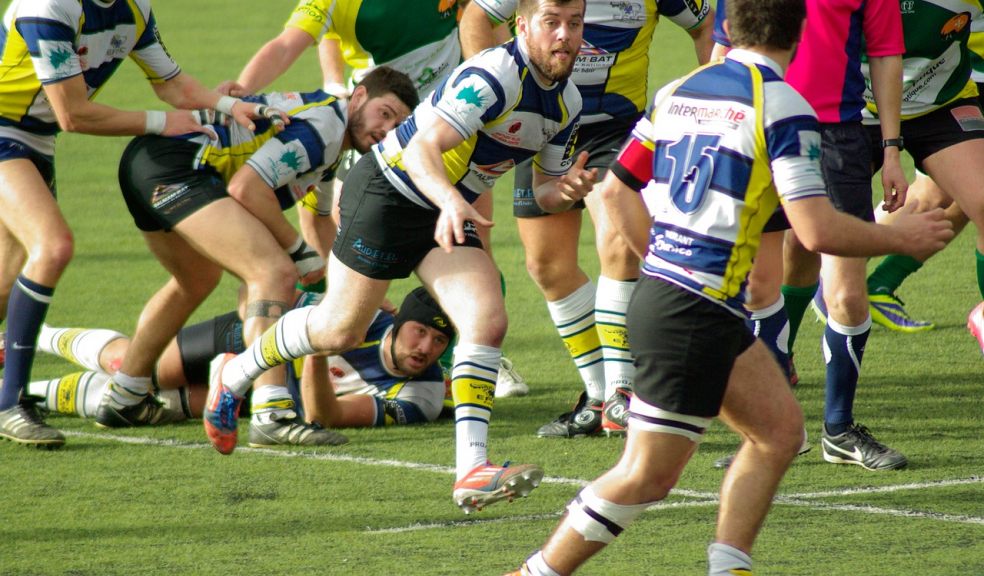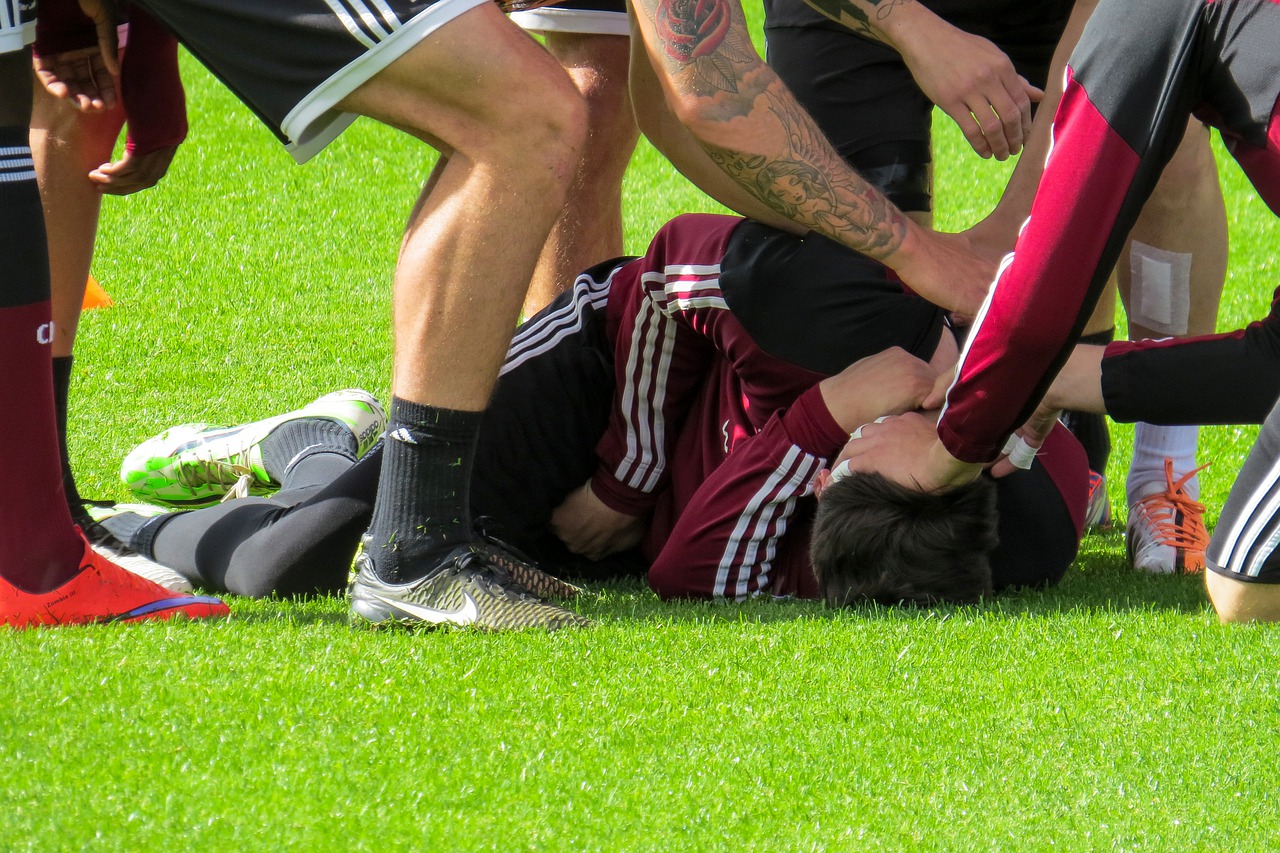
How to reduce head injuries in youth rugby
In the summer of 2019, it was revealed that a total of 70,600 people in England play rugby at least two times a month. A reported 5.5% of kids between the ages of five and 10 compete in rugby outside of their schools at least once a month. The Heineken Cup will see the best rugby teams in Europe clash and fans are gearing up for the competition. Rugby fans can use the BetFred promo code to wager on each game and bet on the teams they believe will win.
The sport of rugby can be rough and tumble, yet it can teach children plenty of great lessons about sportsmanship. It can also be the ideal sport for parents seeking ways to get their children more fit and active. However, the rise in the research of head injuries in sports has led some parents to seek alternatives to rugby for their children.
Although some parents are focused on the head injuries players in rugby suffer, there are some safety precautions that can be taken to reduce the likelihood of injuries to the head when playing rugby.
Rugby Head Gear
Reducing head injuries is the aim of many sports organizations today. The rise of concussions and head trauma in American football has made many individuals sit up and take notice of sport’s physical effect on the brain. There is no doubt rugby is a rough sport, but there are precautions you can take to reduce the possibility of head injuries. England will kick off the Rugby World Cup against Tonga and fans are gearing up for the tournament. Fans can visit Ladbrokes to wager on England or another team they believe will win the tournament.
Protective headgear is one of the key preventative measures rugby players can take to reduce head injuries. Rugby headgear not only reduces the impact the head endures during a rugby match, but it also protects a player’s ears. Cauliflower ears can be incredibly painful and headgear can stop a cauliflower ear from forming.
Tackling Form
One of the causes of head injuries in rugby is tackling. A player can display poor tackling techniques by putting their head down as they engage an opponent. This not only jars the head but can damage the neck and spinal column.
American football players were known for using their heads to spear-tackle opponents for decades. That type of tackle has been found to greatly damage the bodies of players and to be incredibly dangerous to the player being tackled. Unfortunately, leading with the head can be seen on the rugby pitch and repeated blows to the head can affect the brain.
The head and neck are extremely susceptible to injury during three phases of rugby play. Those phases are the scrum, tackles, and rucks. Injuries can also occur when players are mismatched against opponents. Mismatches in size, strength, and ability can all lead to injuries.
What happens if you have an injury?

The most important thing to do if you have a head injury is to not return to the game. Continuing to play when you have a head injury can lead to more serious health problems and even death. Players who sustain head injuries must be cleared by a medical professional before returning to a game or training.
A serious concussion not only knocks a young player out of a rugby match, but it can keep them from returning to the sport for the long-term. Head injuries are a serious matter and with more people aware of their effects, preventing concussions has become an even more important goal in sports.


















